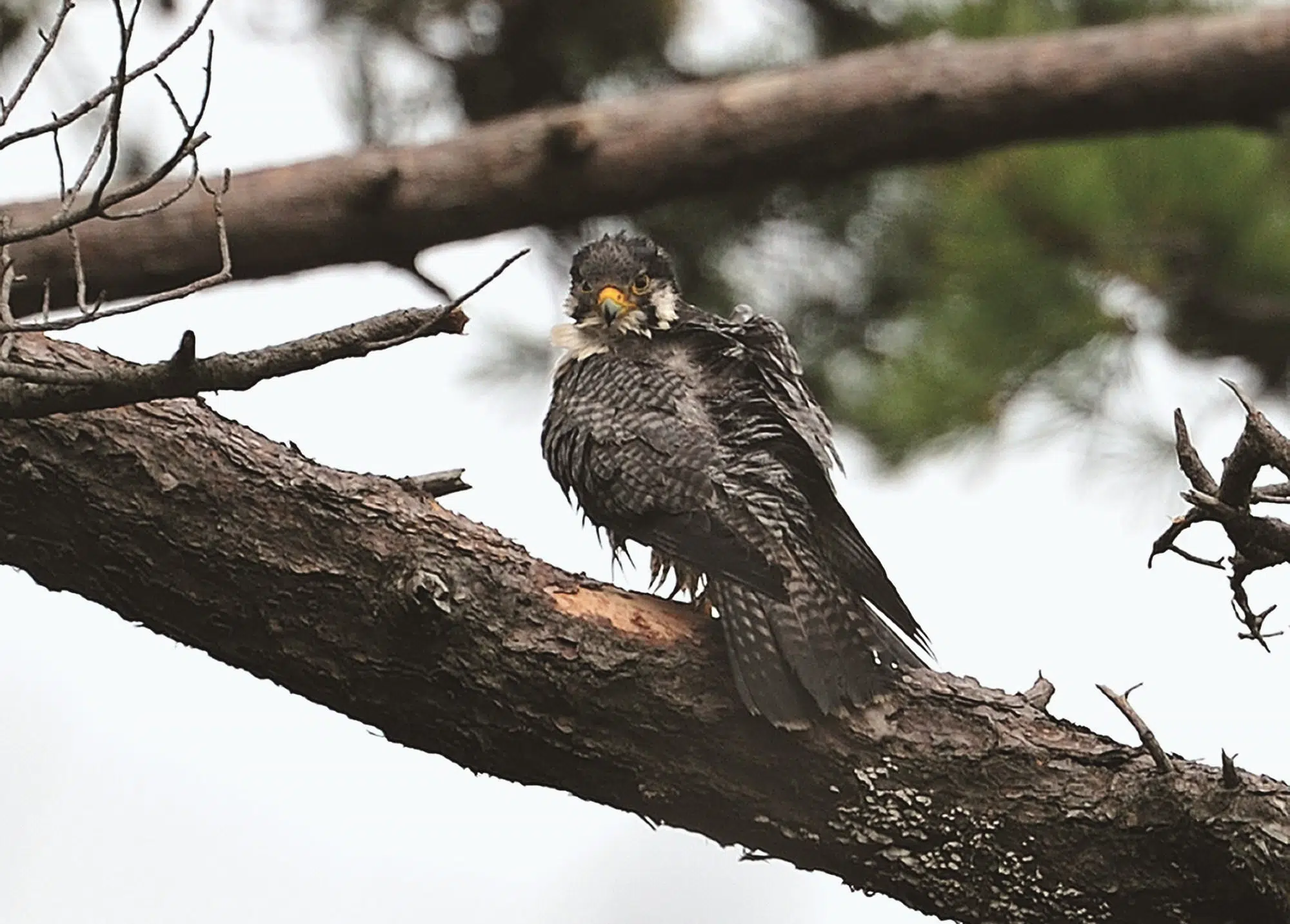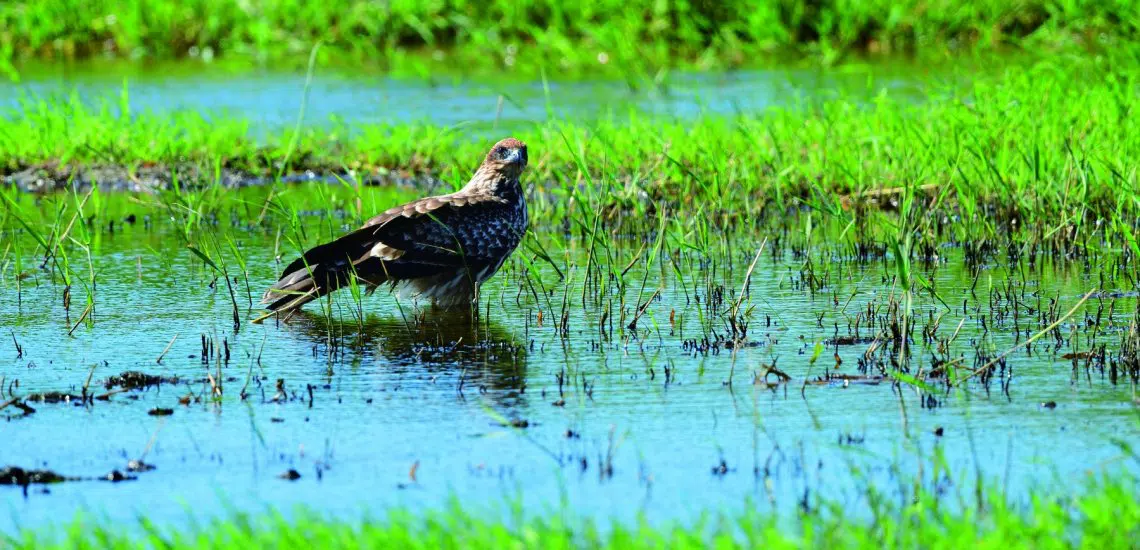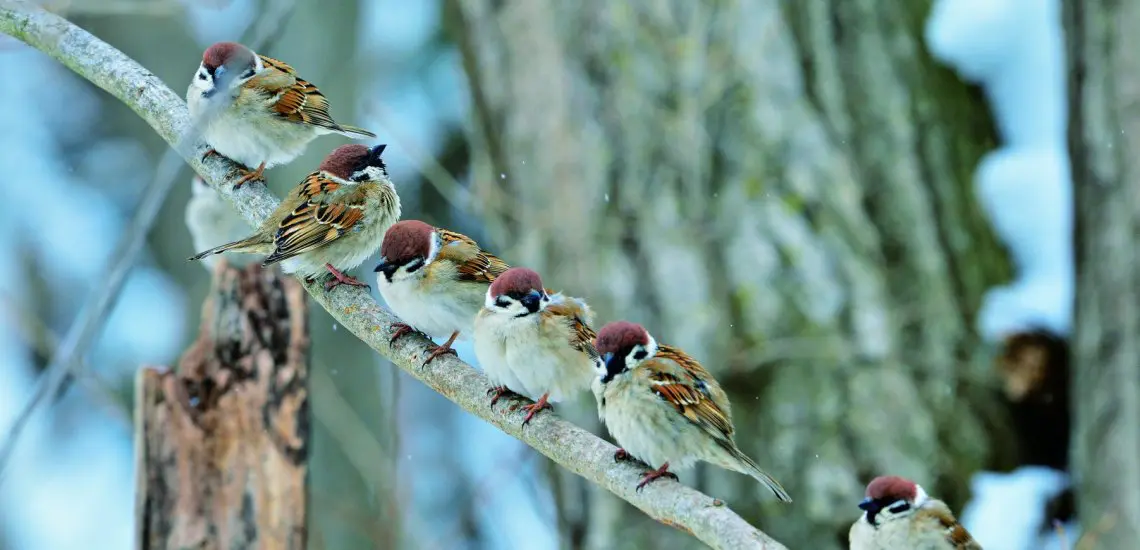The eclipse moult of Mallards
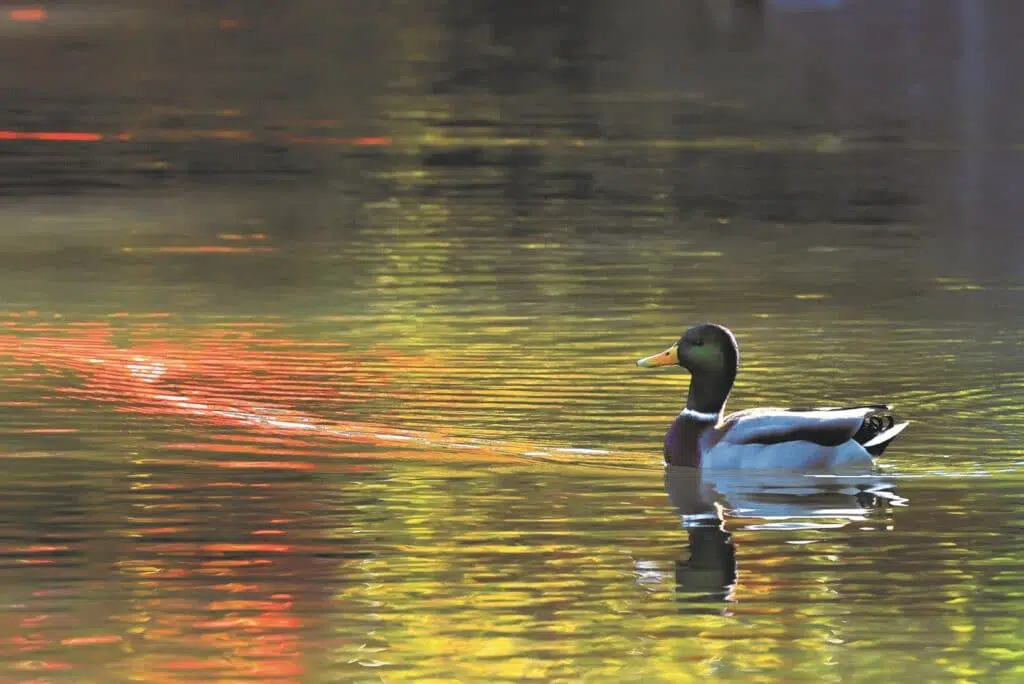
For several months a year, many male ducks lose their brightly-coloured plumage and adopt more sober attire, known as “eclipse plumage”. Discover the fascinating reasons behind this strategy, and why some duck species have evolved a different approach.
Among the many winter birds which migrate from the north to overwinter in Japan, ducks make their presence felt considerably. Their beautiful appearances can be observed nationwide. This time I would like to write about the Mallard Anas platyrhynchos, which deserves to be called “the duck of Japan,” for most Japanese people recognise it as an iconic representative of the duck family.
The metallic green head is the biggest characteristic of a male Mallard. But it does not look so brilliant all through the year. Male Mallards put on this flamboyant display during the breeding season in order to appeal to females, at the risk of being easily found by predators.
Now let me get on to the title subject, “eclipse moult”. When the breeding season is over, the colourful plumage of male ducks (not only the Mallard, but also many other species), changes into plain plumage like that of the females, as it is more advantageous for them to be inconspicuous, even if just for the short period until autumn. This winter plumage is called “eclipse” – an expression I like very much. “Eclipse” means to “cover or hide something,” or “deprive something of brightness,” and of course is also used in the case of “solar/lunar” eclipses. Given that the Mallard’s plumage changes from brilliant to sober brownish, it seems the perfect word, doesn’t it?
The ducks’ eclipse moult happens in a particularly short period, during which time they temporarily become flightless. Therefore, it is said that when ducks moult their plumage, they move in a group to somewhere to camouflage themselves safely. Eclipse moult starts at the end of summer through early autumn, and most Mallards have almost finished eclipse plumage by the time they arrive in Japan from the north, soon after which they start appealing to females once again, as you can see in the photo.
Unlike Mallards, the male breeding plumage of some duck species, such as the Chinese Spot-billed Duck Anas zonorhyncha, is already inconspicuous, and such a moult is not called “eclipse”. Moulting “from sober to sober” does not fit the original definition of the word!
Then why, among the same duck family, are there species which moult from brightly coloured to eclipse plumage, and others which stay plain? It depends on the difference in the females’ selection standards. While females of most duck species prefer colourful males, those of other species choose their partners by different standards, such as fidelity: male Spot-Billed Ducks never cheat! This is why males of such species have chosen to evolve, not to moult into colourful plumage, but to stay as inconspicuous as the females, so that they will not be targeted by predators.
However inconspicuous, just like other duck species, male Spot-Billed Ducks never take part in their chicks’ care. Spot-Billed Duck families usually have a lot of chicks, so I feel like asking the males, “why don’t you help to rear your chicks?”. But we should abstain from judging animals by human standards. Having large numbers of chicks is this species’ strategy for survival. If all the chicks grew into adults, then the nature might lose its balance.
So, during this season, while paying more attention to the nature’s balance, I plan to enjoy being fascinated by the beautiful ducks. I hope you do, too.
“Through the Lens” Fujingahou Magazine, December, 2021
Photos and text by HIH Princess Takamado
English Translation: Asia Club, a WBSJ Volunteer Group (YOKOYAMA Kazuko, KASE Tomoko, UENO Naohiro)
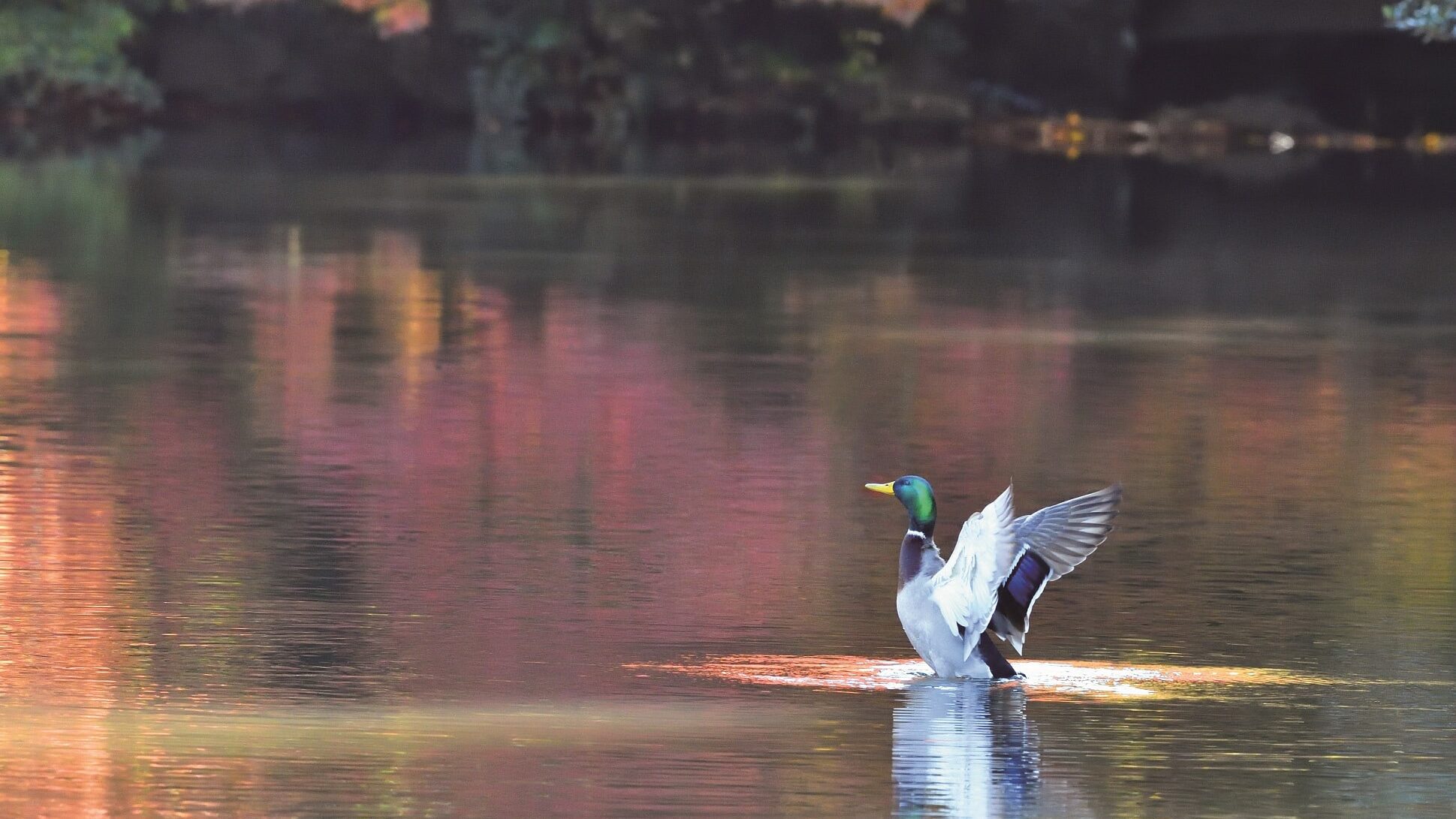
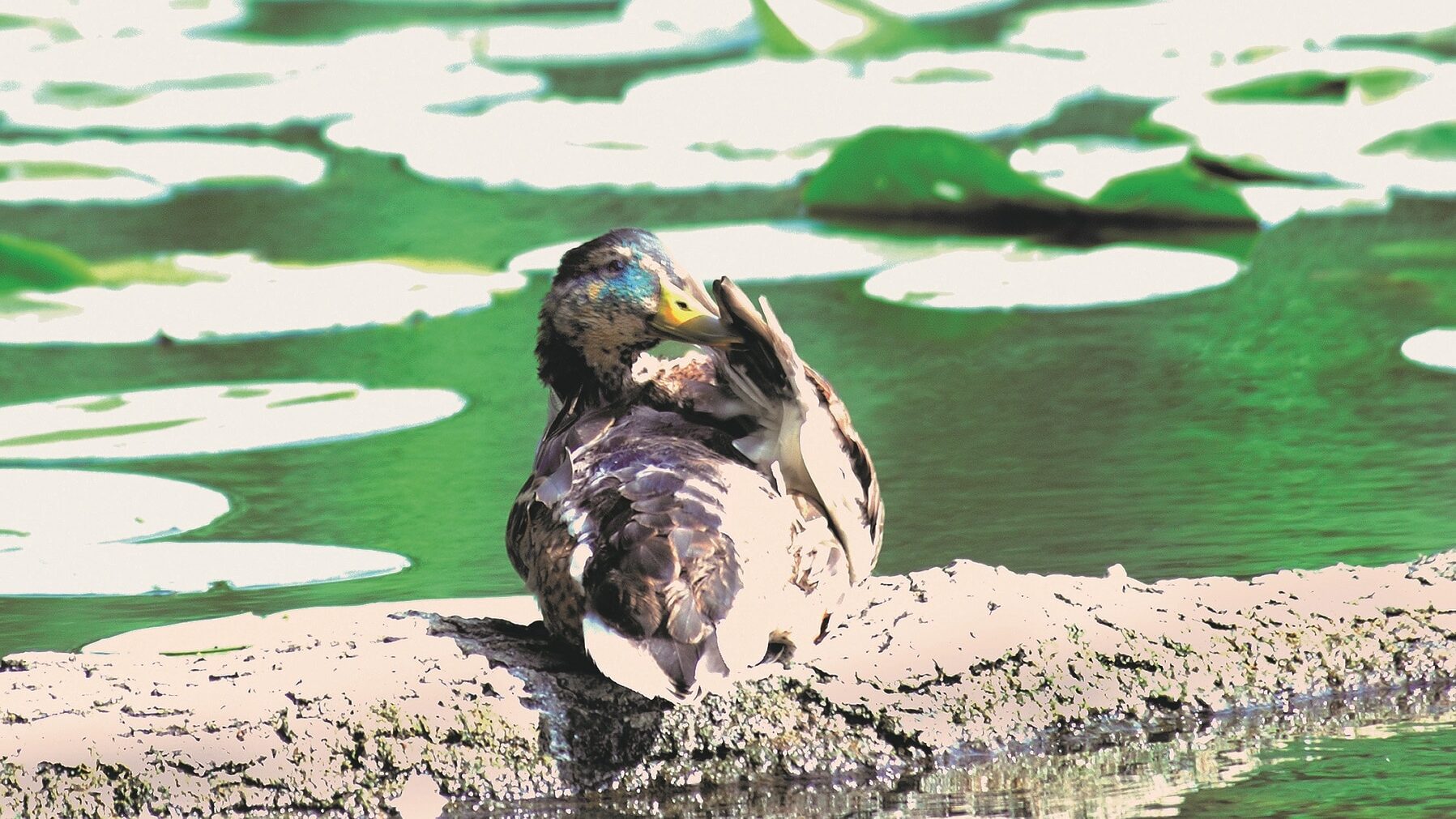
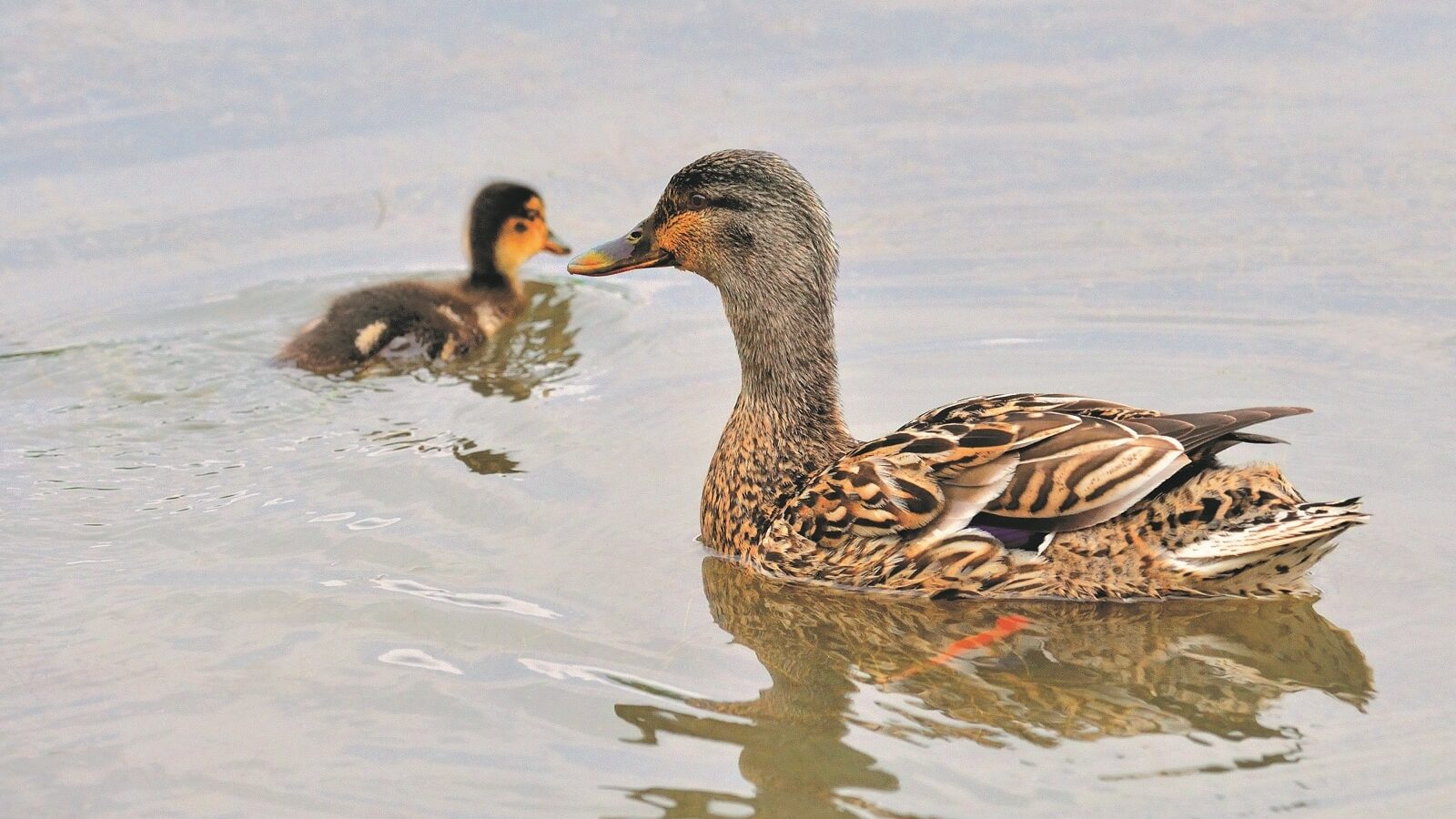
More from HIH Princess Takamado
Stay up to date
Sign up to receive the latest bird conservation news. You’ll also receive updates about our projects, science and other ways to get involved including fundraising.
Thank you for your support, we are committed to protecting your personal information and privacy. For more information on how we use your data, please see our Privacy Policy. You can unsubscribe from emails at any time by using the link in the footer of any email from us.


